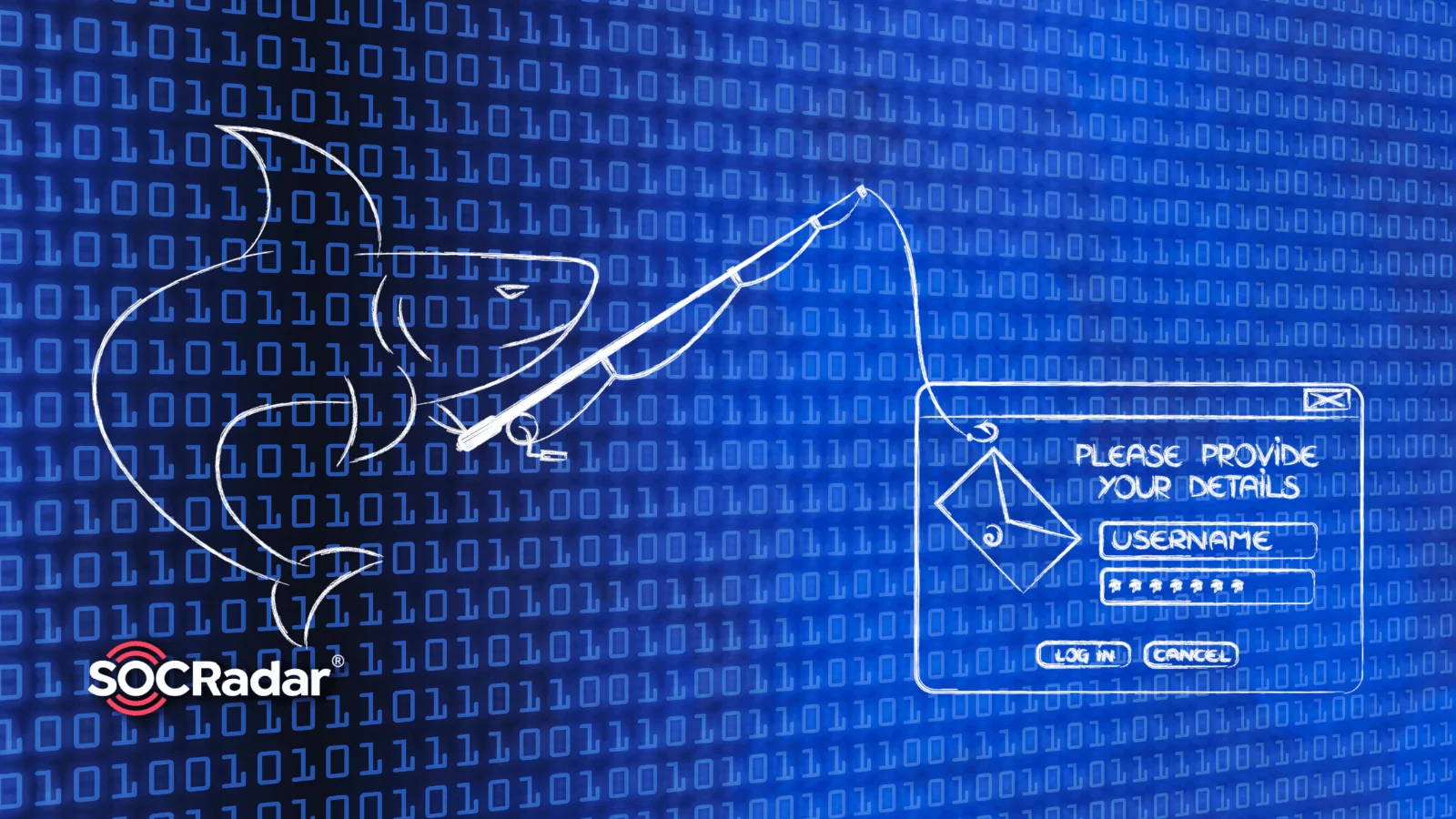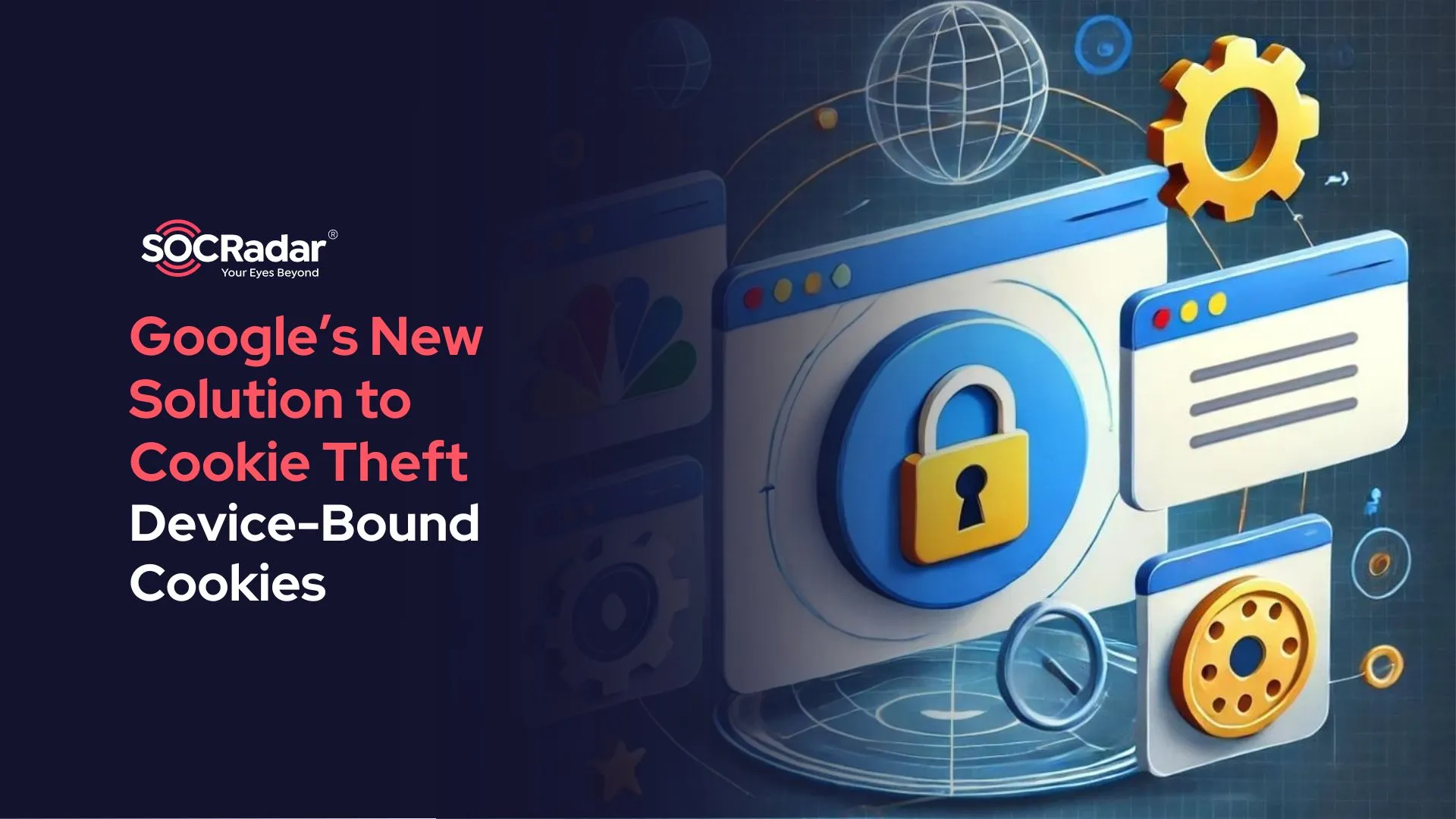
What is Account Takeover and How to Prevent It?
What is Account Takeover?
Account takeover occurs when fraudsters use stolen credentials to gain unauthorized access to a valid account. ATO attacks are used by fraudsters to move payments, steal information, and take advantage of any account rights.
Since the account is valid and already trusted by the network or application, it might be difficult to identify these assaults. Account takeover attacks are becoming more prevalent because of their ease and the low-risk perception among fraudsters.
How does Account Takeover Work?
Threat actors use automated technologies such as botnets and machine learning (ML) to launch enormous and continuing assaults against websites aimed at consumers. With the use of automated technologies, they perpetrate account takeover fraud utilizing methods such as:
- Brute Force Attacks: A fraudster or organized criminal group tries to brute-force their way into an account by attempting various combinations of usernames and passwords until they succeed.
- Credential Stuffing: When a fraudster successfully compromises one online account, they often utilize the compromised credentials to access accounts on other websites. Additionally, fraudsters may purchase lists of stolen account usernames and passwords, attempting to enter additional accounts using the same credentials on many websites.
- Dark Web Markets: Fraudsters may purchase account credentials on dark web marketplaces. The majority of these markets’ stolen data comes from data breaches. In dark web markets, hackers sell breached data such as account passwords, personally identifiable information (PII) of account users, and credit card information. The dark web now has more than 15 billion username-password combinations.
- Phishing: Some criminals employ phishing to get account passwords. Most phishing scams are performed by email. However, some scammers also utilize text messages and social media communications. The emails use fraudulent methods to get recipients to provide their usernames and passwords. Frequently, they include links that go to fraudulent websites or download malware.
- Call Center Scams: Call center scams are another method by which scammers get account credentials. Fraudsters can put together enough personal information to circumvent contact center security procedures. Typical call center security questions include the last four digits of your social security number and your date of birth. Fraudsters with sufficient skill may circumvent these security measures and convince contact center operators to provide access to user accounts.
- Man in the Middle (MITM) Attacks: In a MITM attack, a malicious actor intercepts data while it is sent over the internet. These assaults are carried out by malicious actors employing software or tools to construct phony public WiFi hotspots. For instance, a con artist may set up a false WiFi hotspot in a famous coffee shop and use it to capture clients’ online communications. Using a man-in-the-middle (MITM) attack, the fraudster may steal clients’ credentials if they log into any accounts at the coffee shop.
Typically, fraudsters target accounts with the highest value (Whaling), engaging in several fraudulent operations with the accounts they take over.
How Usually do Account Takeovers Lead to Fraud?
Account takeovers have always been connected with financial fraud. Although this remains a significant motivator, it is crucial to recognize that an account takeover may misuse various account types. Examples include:
Direct Bank Fraud: A hacked financial account might allow an attacker to steal cash directly by initiating fraudulent transactions. Additionally, attackers may create other accounts or credit cards that can be exploited.
Indirect Financial Fraud: Financial accounts may also be abused more indirectly. For instance, they may purchase gift cards or steal a user’s points to resell them. This may seem negligible, but criminal organizations utilize gift cards extensively to launder money.
Spam and Phishing: Numerous programs are social by nature and encourage user engagement. By compromising a user’s account, attackers may utilize their position of trust to get other users to click on malicious links.
Fake Testimonials and Astroturfing: Applications may also be used to influence public opinion. For instance, attackers may utilize hijacked accounts to produce fake product reviews. Similarly, social media and popular material may be manipulated using phony user clicks and comments.

Why does Account Takeover Fraud Happen?
To Gather Additional Data: Once hackers have gained access to an account, they may collect further information. Does it include a phone number? More specifically, a legitimate credit card number? Occasionally, it involves collecting personally identifiable information (PII) for the sake of other types of fraud and identity theft. These assaults often target the healthcare industry, the public sector, and educational organizations.
Financial Fraud: All ATOs are intended to extract monetary value later. The closer an account is to a credit card, withdrawals, and wire transfers, the better it is for fraudsters. This is true for regular currencies, cryptocurrencies, loyalty points, and even gift card credit.
Virtual Currency Fraud: Some currencies, such as in-game digital products, may be resold for real-world profits and entirely virtual.
Abuse of Promotions: Fraudsters exploit several accounts to get as many sign-up or referral incentives as feasible. It’s much simpler with hacked real accounts.
Card Testing: Certain accounts are intended to make minor transactions or test credit cards. This aids fraudsters in determining the legitimacy of stolen credit cards, which may subsequently be used to fuel their unlawful spending sprees.
Spam: A valid account is an excellent tool for creating phony listings, selling nonexistent things, writing reviews, and providing feedback on self-serving services.
Phishing: Attackers access the account’s contacts and directly target them. The first account gives them credibility and makes their connections more likely to provide sensitive information.
Spam: A malicious email received from a known contact is more likely to bypass the spam filter in your inbox.
Ransomware: If an account is precious, thieves may attempt to resell it for a fee.
How to Prevent Account Takeovers?
As a firm, it is essential to adhere to the finest data protection procedures. This should apply to all collected, transmitted, processed, and accessed information. Included in a non-exhaustive list of examples are:
Use SSL
SSL is vital for protecting and establishing confidence in your online apps. It provides privacy, security, and data integrity for your websites and users’ personal information.
SOCRadar provides an “SSL Overview Report” by discovering and classifying your SSL certificates based on certification authorities, cipher suites, and signature algorithms. It also allows you to track any malicious changes, expiration, or vulnerabilities to mitigate the impact of a potential cyber attack.
Employ Ethical (White Hat) Hackers
For instance, Facebook offers a bug bounty program that awards up to $40,000 to independent researchers discovering flaws that might lead to account takeover.
Detect Customer & Employee PII
SOCRadar analyzes the web for personally identifiable information (PII), including the most recent hacked account passwords and credit card data pertinent to your business. This data is extracted from a broad range of Internet sources (surface and deep/dark web) to safeguard your firm against identity theft and fraud.
Discover and Monitor All your Forgotten External-facing Assets
Gartner reports that only around one-eighth of all vulnerabilities were exploited in the field during the previous decade. Many are routinely repeated and exploited in many attacks, including account takeovers.
SOCRadar is focused on providing you with meaningful information and context while speeding up the prioritizing process for externally-facing vulnerable services.




































